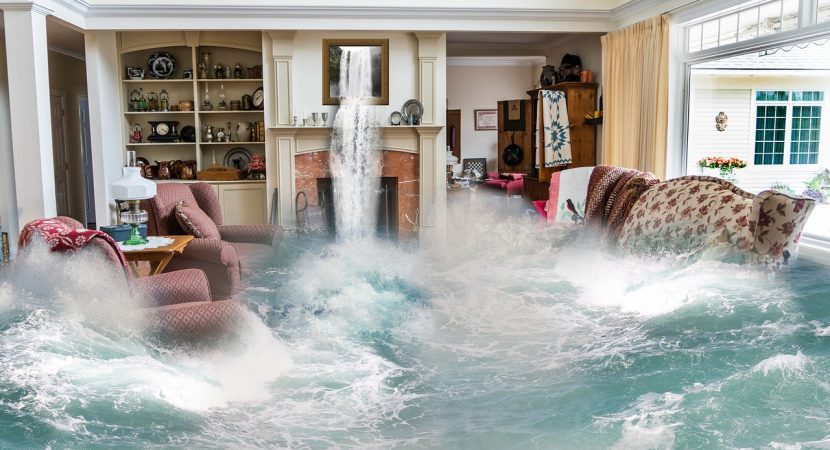As it stands, floods are one of the most unpredictable, frequent, and expensive natural disasters to strike the United States, and floods are far more likely to affect you than other kinds of natural disasters, barring Hurricanes. The perfect storm for a flood usually will include having a very rapid melt-off of snow during the season, or when there have been prolonged, heavy rains in an area.
To ensure that your children have the best tools available to them to be able to handle this type of disaster, you need to make them aware of the risks in as calm a way as possible. This way, should a flood occur, they’ll be less likely to panic.
- Discussions About Floods
While this depends on your child’s age, and how much information you choose to discuss based on that, the basic information about a flood should be discussed. What a flood is, how it can occur, and what they should do if they are alerted that there is a flood risk, are a few topics to consider.
Remember to include the basic steps that your family will take should a flood warning be issued. The younger the child is, the more basic the information being presented should be. Be sure to emphasise how a flood is a natural disaster and a common event around the world. Terms like warning, flash flood, and higher ground should be covered.
- Be In The Know
Keep a battery-operated radio – or hand crank one – available to keep informed during any kind of natural disaster. Ensure you know if an evacuation order has been issued, or if there is a flood watch warning in place. Evacuation in this period is crucial for everyone’s safety – as it’s far better to evacuate when told too – or if you start to feel unsafe before the waters rise to high.
- Keep Children Safe
If a flood strikes, it is imperative that everyone in the family is far away from the rising waters. Look to the highest ground possible on your property and head there at once (including possibly a second storey floor in your home).
Avoid going outdoors in or around the dirty water and should your children have come in contact with the flood waters or flood damaged items at any point, ensure that they are thoroughly washed and bathed. Flood waters carry bacteria and viruses, as well as hidden debris and dangers – so never, ever allow anyone out into the waters once they start rising.
- Follow All Safety Guidance From Authorities
Local authorities will always have your best interests at heart. The first responders to the situation, your local sheriffs or volunteers, and elect officials will all be in the know regarding the current lay of the land. Follow all their guidance especially regarding which flooded areas should be avoided.
- Clean Up Safely
After the flood has subsided, keep your children’s participation in clean-up efforts to a bare minimum. The walls, floors, and furniture of your home can get damaged and require repair work. It could be dangerous to do the plaster repair works by yourself as flood water can make the walls and structures weak. Therefore, it is advised to take the help of a plaster repair (you can check out “Salt Lake City Plaster Repair“), debris removal, and a painting company to revive the house from damage. Since flood water can have devastating effects on the old and weak buildings, it is advised to do the frequent treatments of the cracks and holes that often develop in the homes.
Further you need to ensure that no utilities have been damaged beyond repair and that the plumbing and electric areas are safely restored so you can play lucky games. Any toys which have come into contact with flood water should be cleaned and thoroughly disinfected – though soft materials like pillows or stuffed animals may have to be discarded.


